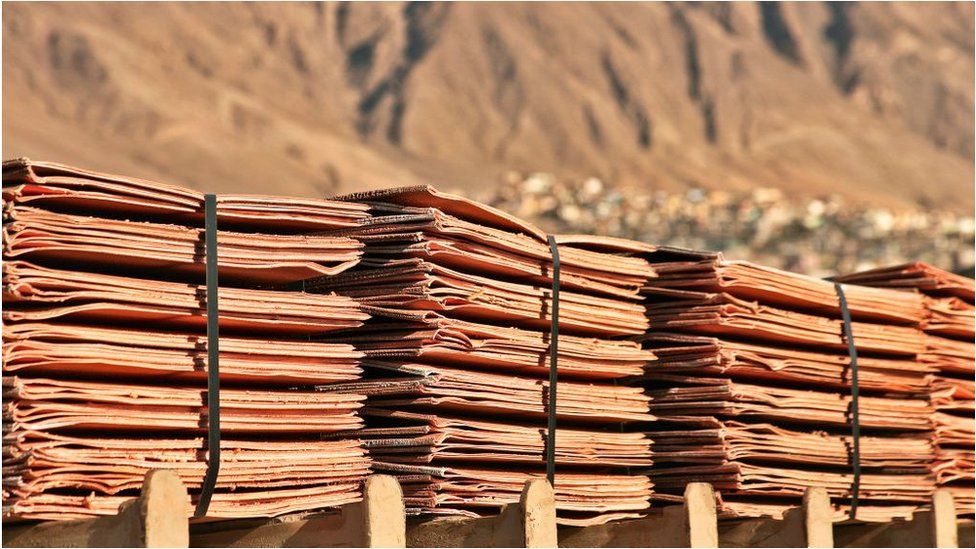March 09, 2021

Louis DeJoy (YouTube/screen grab)
A Democratic congressman is demanding that the Securities and Exchange Commission investigate a shady $54 million purchase of Oshkosh Corporation stock just hours before scandal-ridden Postmaster General Louis DeJoy announced the decision to award that company with a lucrative 10-year contract to produce a new, largely gasoline-powered fleet of U.S. Postal Service delivery trucks.
"This contract was awarded to Oshkosh Corporation and is worth up to $6 billion," Rep. Tim Ryan (D-Ohio) wrote in a letter to Acting SEC Chair Allison Herren Lee on Monday. "I write to pass along reports of what might be unusual trading of Oshkosh stock that took place less than 24 hours before Postmaster General Louis DeJoy publicly announced the contract decision in front of a House panel on February 23rd."
"It definitely stinks and needs to be looked into at the highest levels. If that is not suspicious, I don't know what is. Somebody clearly knew something."
—Rep. Tim Ryan
Ryan's letter comes after he joined two fellow Ohio Democrats—Rep. Marcy Kaptur and Sen. Sherrod Brown—in urging President Joe Biden to halt the Oshkosh contract over concerns about "inappropriate political influence in the process."
The Postal Service, under the leadership of DeJoy and Trump-appointed governors, selected Oshkosh for the contract over Workhorse, a truck-maker that had bid to replace the Postal Service's current delivery vehicles with an all-electric fleet.
As Bloomberg reported, Workhorse had initially "been viewed as the favorite" to win the contract, "especially after President Joe Biden ordered the government to utilize emissions-free vehicles. But Oshkosh won the bid last month with a fleet that will be mostly gasoline-powered."
"It definitely stinks and needs to be looked into at the highest levels," Ryan said of the contract, and the trading that preceded it, in an interview with Bloomberg. "If that is not suspicious, I don't know what is. Somebody clearly knew something."
In a letter last week, Kaptur, Brown, and Ryan said they were "troubled" that the Postal Service "awarded an initial contract to provide up to 165,000 new postal vehicles over the next decade without any commitment to making these vehicles either hybrid or 100% electric."
"This contract is not only an investment in America workers and our domestic manufacturing sector, but it is an opportunity for our nation to regain its role as a leader in clean technology manufacturing," the lawmakers wrote. "This contract will have consequences for decades to come and, as such, we have serious concerns it could be a wasted opportunity to address the climate crisis and the reindustrialization of our manufacturing sector."
"Postmaster General Louis DeJoy's tenure has been a disaster for the American people and the USPS's dedicated workforce," the lawmakers continued. "From ill-advised policies that have delayed the mail and life-saving medicines to seniors and veterans, to an utter disregard for the agency he leads. This week's announcement further calls into question his judgment, his ability to effectively run the USPS, and his short-sightedness at this agency that plays a critical role in our nation.
Congressman asks SEC to investigate $54 million trade in Oshkosh just hours before announcement of USPS fleet-contract

Congressman Tim Ryan has asked the SEC to investigate a $54 million trade in Oshkosh stock that took place just hours before the USPS awarded a contract to the firm.
The USPS has been working to upgrade its fleet of vehicles and Workhorse Group was viewed as the favorite.
"It definitely stinks and needs to be looked into at the highest levels," Ryan said in an interview.
The US Postal Service's decision to award a contract worth as much as $6 billion to Oshkosh to upgrade its delivery fleet is being met with scrutiny from Democrats, including Ohio Congressman Tim Ryan.
In a letter on Monday, Ryan asked the Securities & Exchange Commission to investigate a $54 million trade in shares of Oshkosh that was made just hours before the USPS officially announced its decision to award the contract to them.
"I write to pass along reports of what might be unusual trading of Oshkosh stock that took place less than 24 hours before Postmaster General Louis DeJoy publicly announced the contract decision in front of a House panel on February 23rd," Ryan wrote.
"Specifically, an over $54 million purchase of OSK [was] made 20 hours before Mr. DeJoy's announcement," Ryan added.
The announcement by DeJoy sent shares of Workhorse Group, which was viewed as the favorite to win the contract, plunging by more than 50%. Shares of Oshkosh briefly surged following the announcement, but those gains have since evaporated.
"It definitely stinks and needs to be looked into at the highest levels," Ryan said in an interview with Bloomberg.
Part of the pushback on the Oshkosh contract by Democrats is based on the fact that Workhorse Group would have delivered an all-electric fleet of vehicles to the USPS. Instead, the awarded Oshkosh contract will replace just a small portion of the fleet with electric vehicles.
"I am writing to request that the Securities and Exchange Commission look into this issue as soon as possible," Ryan concluded in his letter.
On Monday, a group of Democrats in the House of Representative introduced legislation that could give Workhorse another shot at selling electric vehicles to the USPS. Workhorse jumped nearly 30% in Monday trades following the development.
Workhorse owns a 10% stake in Lordstown Motors, which is based in Congressman Tim Ryan's Ohio district.















